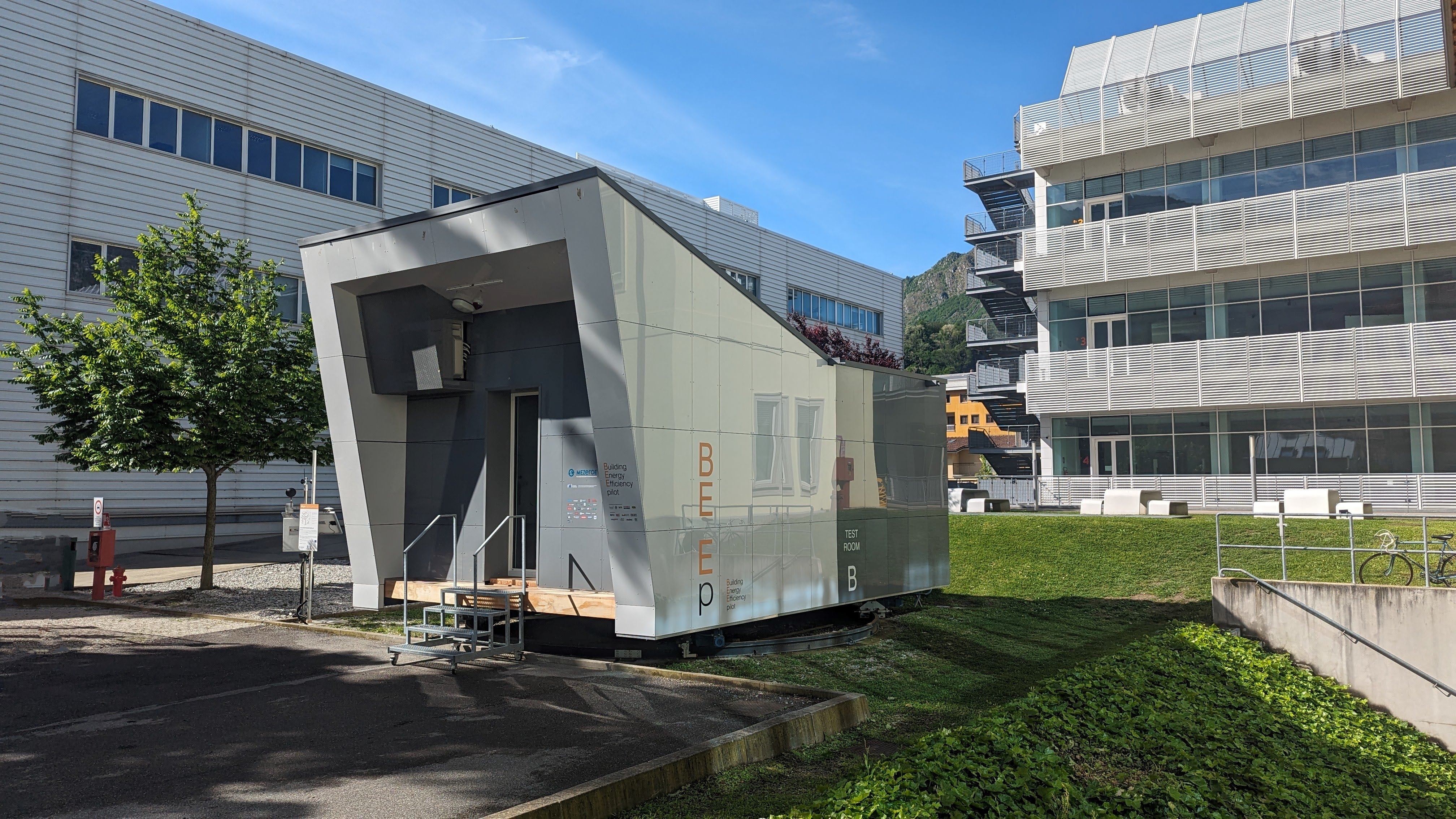
Photometric tests are a very important tool to assess the overall performance of a building, especially in terms of energy efficiency and comfort for the users. Good daylighting solutions demand an integrated and holistic building design approach: developing solutions that are part of the main concept, while meeting visual, thermal and energy needs. The photometric performance of the glazing also relates to the thermal performance and perceived comfort in buildings, as the building envelope can control how much heat (solar gain) is allowed to enter into the building, for example through the shape, orientation, number and size of windows.
Within the PM&VL6, the photometric performance of the different glazing systems is monitored through specific pieces of equipment:
(i) window energy profiler;
(ii) optical measuring device;
(iii) luxmeter;
(iv) reflectance meter;
(v) portable colorimeter.
Objective
The objective of the proposed photometric tests is to assess the behavior of different glazing solutions and components according to the varying environmental conditions.
Scope of application
Generally speaking, the proposed tests are applicable to any glazing product, component or solution. Although, in order to have more accurate and relevant measurements, it is recommended to install full-scale solutions or to apply products and components as diffusely as possible.
Design of experiment
The activity will be planned according to the needs of the client.
Testing sample
Full-scale, to be furtherly specified according to the relevant envelope component (e.g., door, window, roof window) and to the respective installation method. For example, as refers to opaque components, the BEEpilot prototype fits:
(i) full-scale façades with a total width of 2.5 m, and a total height of 3.0 m;
(ii) full-scale roofs with a total width of 2.315 m, and a total height of 2.76 m.
General characteristics
A preliminary assessment (e.g., typology and positioning of connections and joints, overall weight) is required for a proper installation of any mockup on the existing structure/substrate of the prototype.
Outputs
The documentation that the client receives consists of a report with details, observations, pictures, test schemes and test results.
